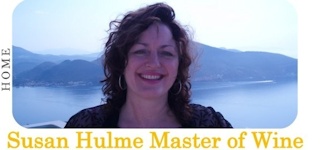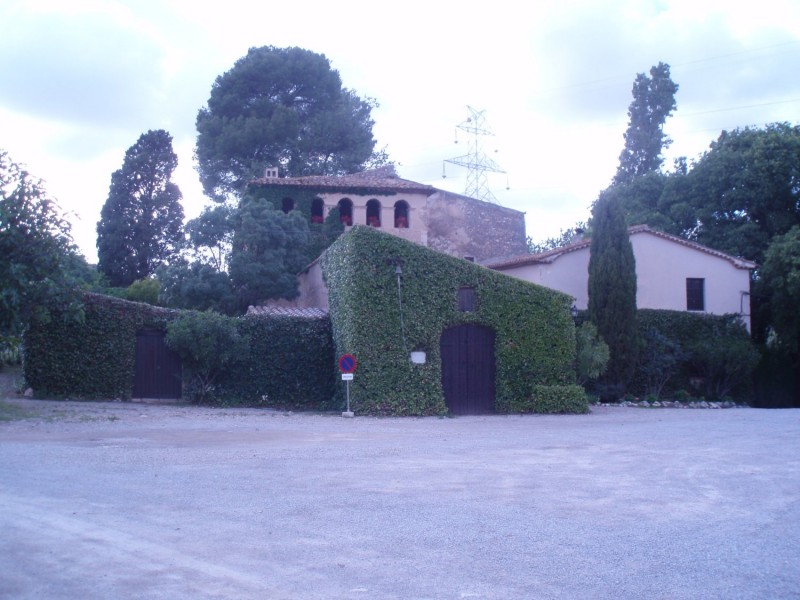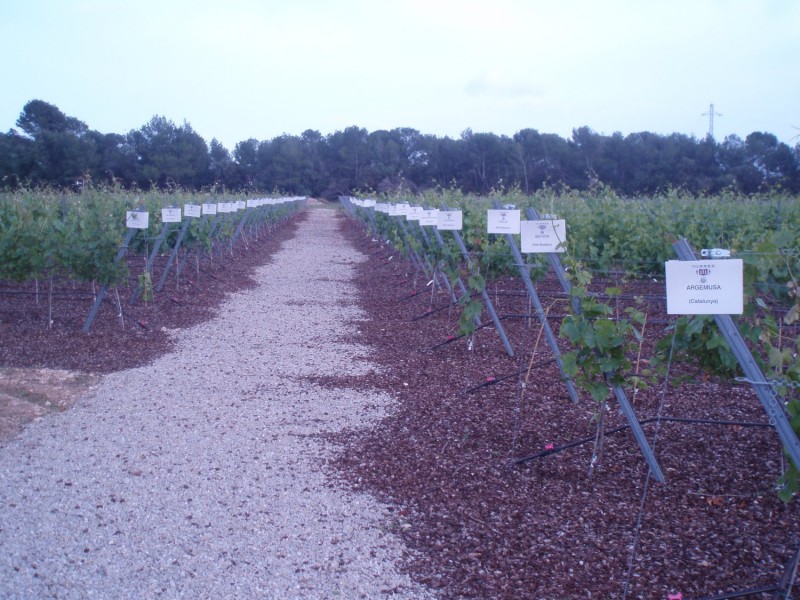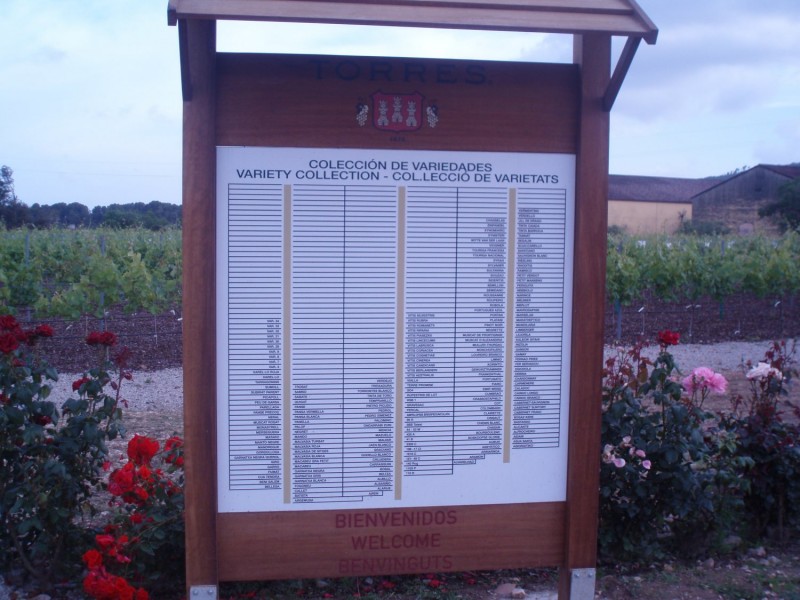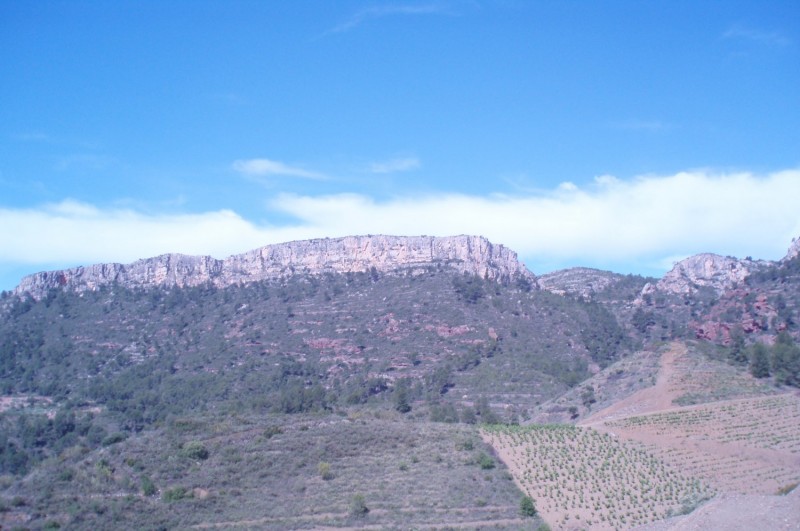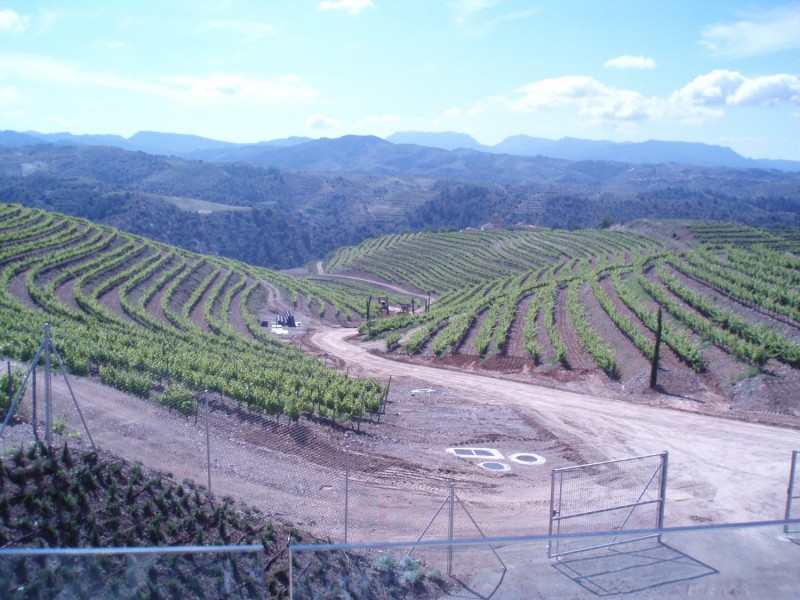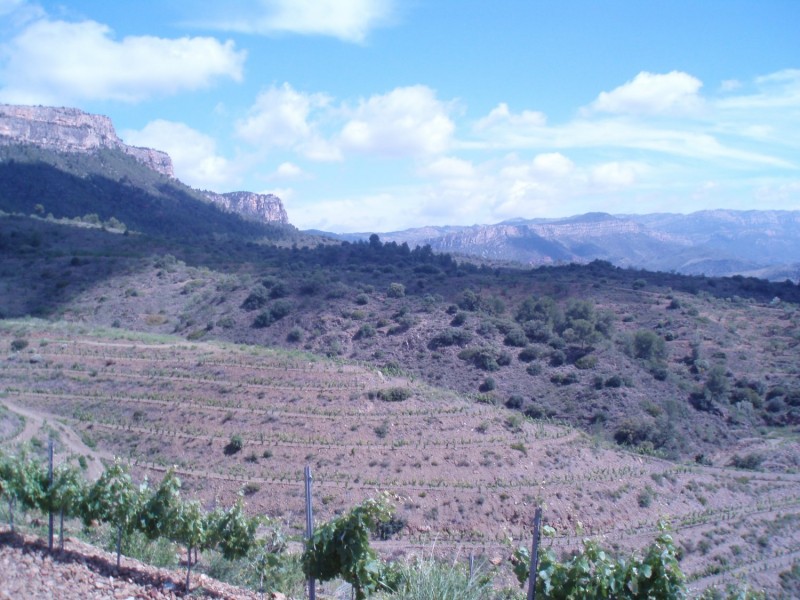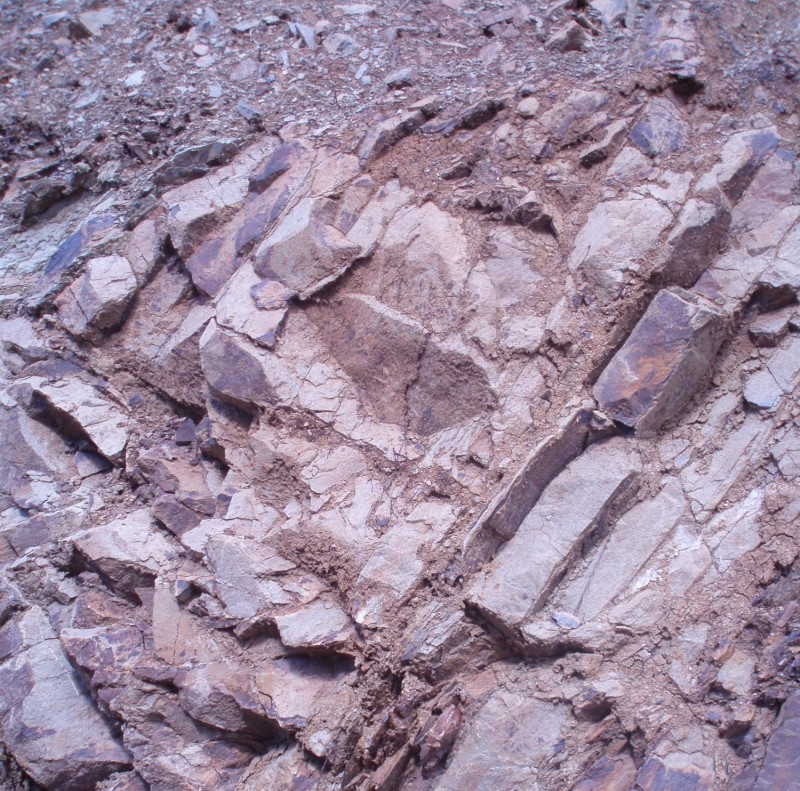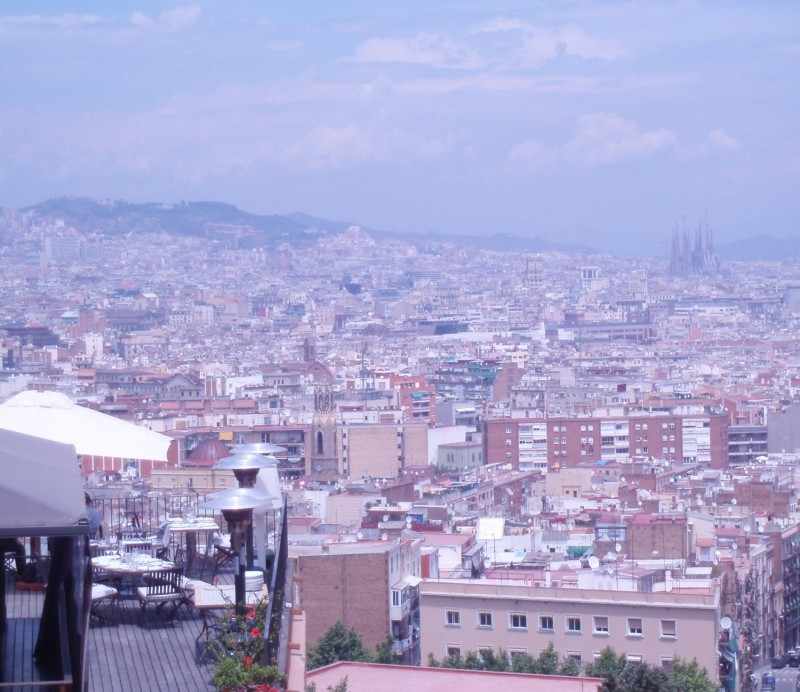This 4 day trip was aimed mainly at exporters and trade and was very much a multinational event with delegates from Eastern Europe (Estonia, Lithuania, Latvia, Russia) as well as Israel, Canada and Singapore among others.
The course covered a variety of topics: an in-depth, step-by-step guide to the way Torres produce their commercial rootstocks; lectures on viticulture, marketing and research and development; visits and tastings at various Torres properties including the Jean Leon winery and the Torres vineyard holdings in Priorat. There was also a tour of the Torres brandy installation and a fun evening where not just the wines but the food was tasted blind!
Torres invest 2% of their annual return on Research and Development projects and some common themes emerged over the week: the effects of climate change and how Torres are reacting to it; their continued research into ancestral Catalan vine varieties and how they are using the latest techniques to monitor vigour and ripeness.
Climate change
Penedès is divided into 3 zones: lower, middle and upper, at between 500-800 metres altitude and starting at 40km from the sea. For every 100m there is an almost 1° decrease in temperature. So Alt Penedès can be 5° less than the temperature near the sea.
In response to climate change Torres are having to plant the grape varieties they used to grow in lower Penedès now in mid-Penedès. According to Miguel Torres Sr the temperature has only increased by 1o in the last 40 years in this area but the effects are noticeable. They now harvest 12-13 days before they used to. They are also now planting Pinot Noir and Chardonnay at altitudes of 1000 metres on the lower slopes of the Pyrenees. Interestingly their vineyards in Chile are not suffering the effects of climate change as they are here.
Viticultural responses
Torres are experimenting with vineyard techniques to help counteract the effects of climate change. The strategies used nowadays are not to advance ripening but to delay it. This is done by a number of means:
- increasing planting density
- increasing the leaf canopy height (distance from the ground) – this delays ripening
reducing the overall size of the canopies – this reduces photosynthesis, producing less sugar and therefore less potential alcohol. - choice of rootstocks e.g. 41B and 140 Ruggeri can have 10 days difference between them in ripening time.
- less manual de-leafing – they used to do both sides of the canopy and now do only one side to increase the shade
- Torres are also looking for suitable vineyards at a higher, cooler altitude
Environmentally responsible
- Torres have not used synthetic chemicals in their vineyards since 1983, instead using sexual traps with pheremones.
- Every litre of wine produced creates 100g of CO2 but but their aim is to be carbon neutral.
- They have 12,000 sq metres of solar panels which produce 11% of their electricity. Further investment will see this rise to 15%. This will eventually provide 70% of the hot water needs of their bottling plant.
- They use special algaes to absorb CO2.
- They have built dams to retain rain water and purify their waste water.
- 5 million Euros will be invested in the planting of woodlands and into research into other forms of CO2 absorption.
Ancient Catalan Varieties
Miguel Torres told us that in the 19th Century, there were more than 100 different vitis vinifera varieties but after phylollexera only 10-12 varieties were left. For the past 15 years, Torres have been trying to rediscover old Catalan varieties; so far they have discovered 58 of them and of these, 14 are unknown and autochthonous. Their Grans Muralles wine includes 2 of these rediscovered varieties: Garró and Samsó.
This research is done in conjunction with INRA and IRTA. They use in vitro reproduction for these varieties because it is quicker and once they feel a plant is unique, they grow it and send it to Montpellier for DNA analysis.
Yields & Vigour
Torres use QuickBird Satellite imaging to monitor yields and vigour; the infra-red images are very sensitive to chlorophyll levels but the readings can be hampered by cloud cover. They have therefore started to use a ‘GreenSeeker’ system to monitor quality and yield. When mounted on a mechanical harvester (or other such machine), the device takes readings from the plants as the machine moves up and down the rows and them transmits real time data to the company database using a GPS antenna, thereby building up image maps of the vineyards. Although GreenSeekers cost 500O euros, the readings are precise and reliable.
© Susan Hulme MW 2008
© 2008 – 2011, Susan Hulme MW. All rights reserved.
